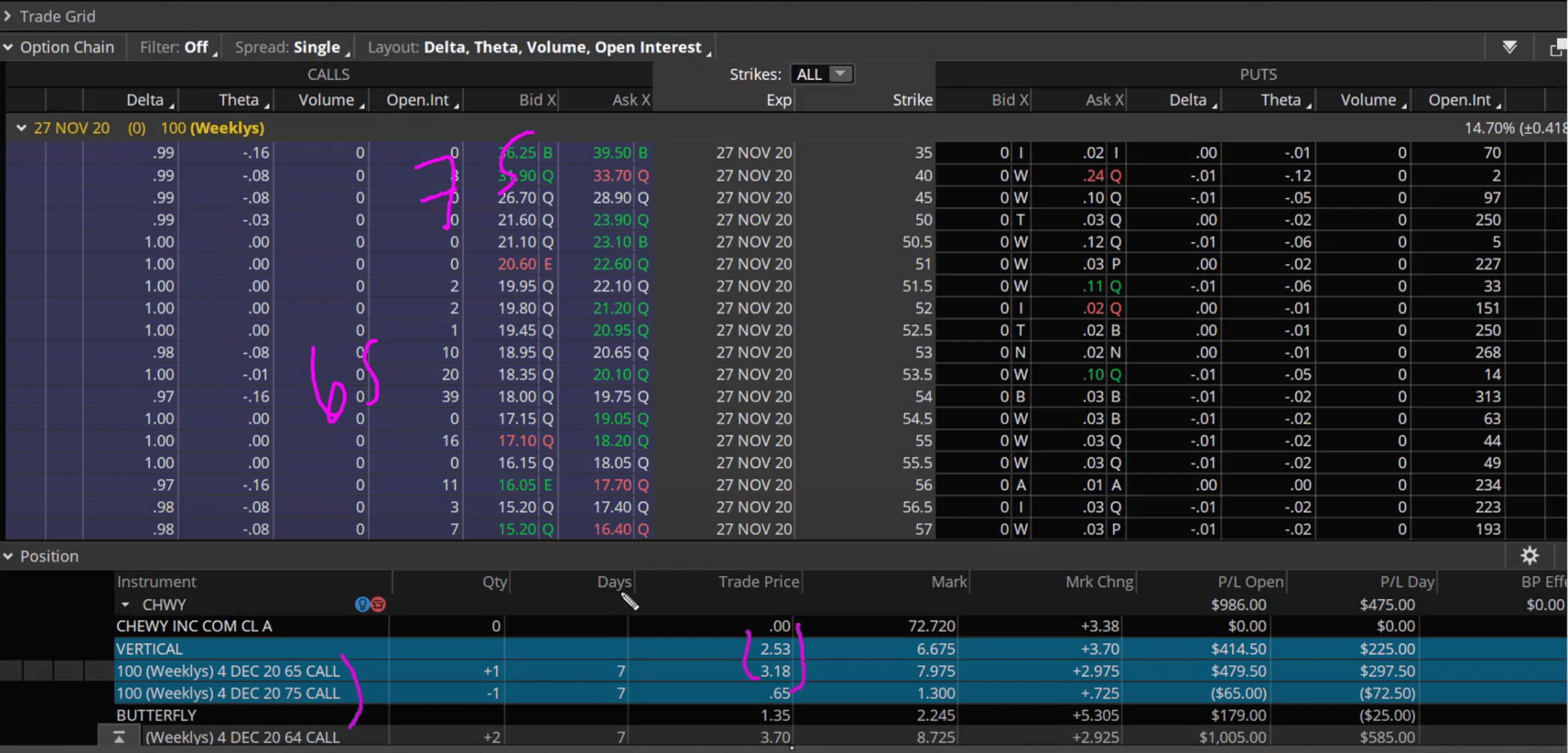
The world of investing can be daunting, especially when it comes to choosing the right stocks to build a robust portfolio. 5StarsStocks.com Staples provides invaluable insights into essential stocks that can help you achieve financial stability. In this article, we will explore the importance of staples in an investment strategy, the types of staples available, and how to effectively incorporate them into your portfolio.
When we talk about staples in the stock market, we refer to companies that produce essential goods and services that consumers consistently need, regardless of economic conditions. These companies tend to offer stability and reliability, making them a favored choice for both novice and experienced investors. Understanding the characteristics of staple stocks can empower you to make informed decisions that align with your financial goals.
This article will delve into the various aspects of investing in staple stocks, including their benefits, risks, and the key players in the market. By the end of this comprehensive guide, you will have a clearer understanding of how to navigate the world of essential stocks and use them to your advantage.
Table of Contents
What Are Staple Stocks?
Staple stocks, also known as consumer staples, are shares of companies that produce goods and services that are considered essential for daily living. These products typically include food, beverages, household items, and personal care products. The demand for these goods remains relatively constant regardless of economic fluctuations, making staple stocks a critical component of a diversified investment portfolio.
Characteristics of Staple Stocks
- Steady demand: Essential goods are always needed, regardless of economic conditions.
- Defensive nature: They tend to perform well during economic downturns.
- Dividends: Many staple stocks provide attractive dividend yields.
Importance of Staple Stocks in Investment
Investing in staple stocks is essential for several reasons:
- Stability: These stocks provide a buffer against market volatility.
- Income Generation: Many staple companies offer dividends, providing a steady income stream.
- Inflation Hedge: Essential goods tend to retain value even during inflationary periods.
Types of Staple Stocks
Staple stocks can be categorized into two main types:
Food and Beverage Stocks
This category includes companies that produce consumable goods, such as packaged foods and beverages. Examples include:
- PepsiCo
- Coca-Cola
- General Mills
Household and Personal Care Stocks
This category encompasses companies that manufacture household items and personal care products. Examples include:
- Procter & Gamble
- Unilever
- Colgate-Palmolive
Key Players in the Staple Market
Understanding the key players in the staple market can help investors identify potential investment opportunities. Some of the leading companies in this sector include:
| Company | Industry | Market Cap (Approx.) |
|---|---|---|
| Procter & Gamble | Household Goods | $350 Billion |
| Coca-Cola | Beverages | $250 Billion |
| Unilever | Consumer Goods | $150 Billion |
How to Invest in Staple Stocks
Investing in staple stocks can be done through several methods:
- Direct Stock Purchase: Buy shares of individual companies.
- Exchange-Traded Funds (ETFs): Invest in ETFs that focus on consumer staples.
- Mutual Funds: Consider mutual funds that include staple stocks in their portfolios.
Benefits of Investing in Staple Stocks
There are numerous benefits to investing in staple stocks:
- Resilience: They tend to weather economic storms better than other sectors.
- Consistent Returns: Many staple stocks provide reliable dividend payments.
- Less Volatility: Their prices are less prone to dramatic fluctuations.
Risks Associated with Staple Stocks
While staple stocks are generally seen as safe investments, they are not without risks:
- Market Saturation: The consumer staples market can become saturated, limiting growth potential.
- Regulatory Risks: Changes in regulations can impact profitability.
- Rising Costs: Increases in raw material costs can affect margins.
Conclusion
Investing in staple stocks can be a prudent strategy for achieving financial stability and resilience in your portfolio. By understanding the characteristics, benefits, and risks associated with these essential stocks, you can make informed decisions that align with your investment goals. Whether you are a seasoned investor or just starting, incorporating staple stocks into your portfolio is a wise choice.
If you found this article helpful, please leave a comment below, share it with your friends, or explore more articles on our site to deepen your financial knowledge.
End Note
We appreciate your time and interest in learning about staple stocks. Remember, informed investing is key to long-term financial success, and we look forward to seeing you again on our site!
ncG1vNJzZmivmaC2b7XSrJirrZKWe6S7zGisqZyRqbKvsdasaG5nZajBor7SrKuom5uosLC5jKyrmqicmsBvtNOmow%3D%3D